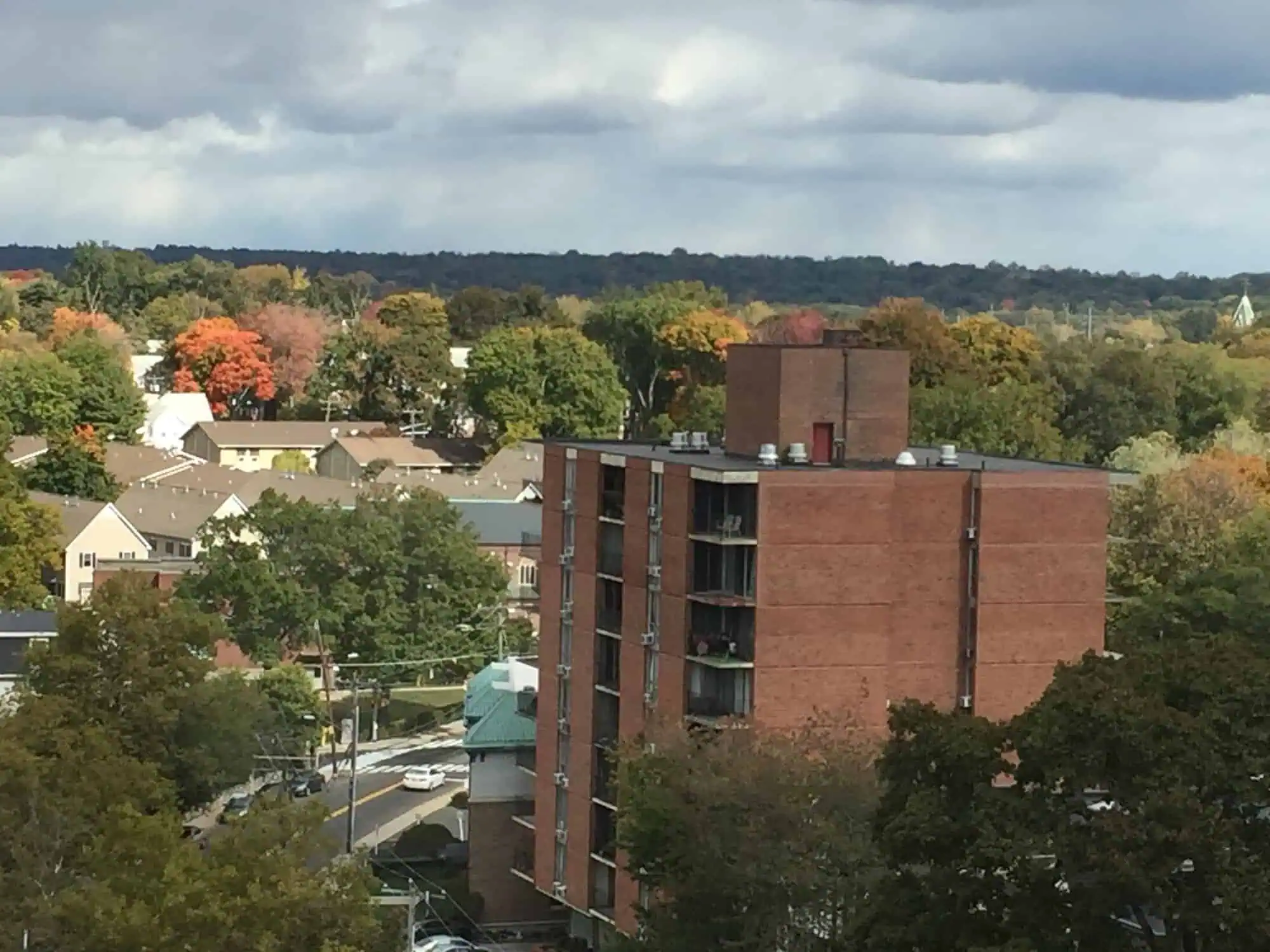Strong thunderstorms swept through western Iowa and into the Des Moines metro from the evening of Monday, July 7, into the early hours of Tuesday, July 8, dropping significant rainfall across the region. The storm front, which first reached northwestern Iowa around 7 p.m. Monday, tracked southeastward overnight, bringing with it gusty winds up to 60 mph, small hail, and intense lightning activity.
How much rain fell in Des Moines?
In the heart of Des Moines, 0.87 inches (22.1 mm) of rain were recorded on July 8, according to data from the Iowa Environmental Mesonet. The overnight storms were accompanied by sharp thunderclaps, frequent lightning, and high winds, creating a volatile mix across the metro area.
Just north of the city, in Ankeny, the rainfall was considerably heavier, reaching 1.97 inches (50.0 mm) during the same period, making it one of the wettest locations in central Iowa that night. To the north, Ames received only 0.12 inches (3.0 mm), showing how localized the heavier downpours were.
Where did Iowa see the most rain?
From 8 a.m. Monday, July 7, through 2 p.m. Tuesday, July 8, the heaviest rain totals across Iowa came from a few specific locations. Besides Ankeny’s 1.97 inches, other notable accumulations include Osceola, which received 1.36 inches (34.5 mm), and Atlantic, with 1.13 inches (28.7 mm). These figures confirm that the strongest cells were focused in central and south-central Iowa.
As of this morning in New York, weather patterns remain active across parts of the Midwest, with meteorologists continuing to monitor moisture levels and instability in the atmosphere for additional storm development.











